- Roger D. Cone, Ph.D. (2016-present)
- Stephen J. Weiss, M.D., interim (2015-2016)
- Alan R. Saltiel, Ph.D. (2002-2015)
- Jack Dixon, Ph.D. (2002)

Leadership
Directors
Associate Directors
- Janet Smith, Ph.D. (2017 to present)
Key Events
1998
A commission forms at U-M to create a vision for the future of the life sciences at the university.
The commission's charge reads, in part: Life sciences are in a period of remarkable intellectual growth and discovery, as well as increased public interest, benefit, and financial support. The University must be prepared to participate, fully and preeminently, in the exploration of this extraordinary advance of knowledge. To that end we must now do two things: we must candidly assess our strengths and weaknesses in this area, both in research and in the education of our students. And we must decide how to become one of the leading academic centers for the study and application of the life sciences.
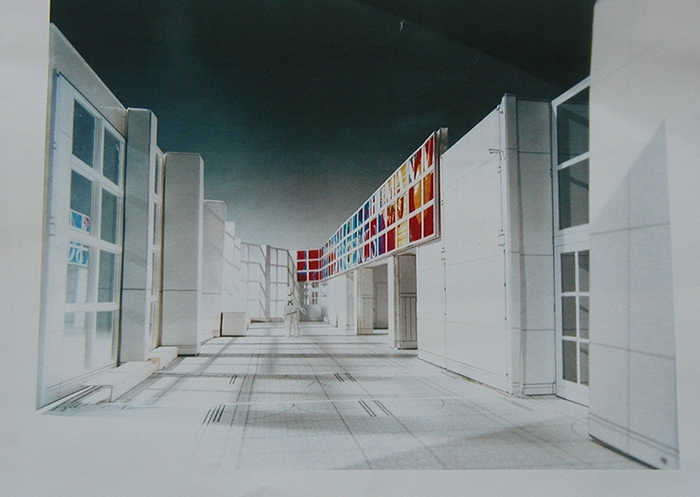
1999
The commission issues its report, recommending "the creation of several institutes or centers, which are crossdisciplinary and link various aspects of the life science community at the University. These institutes or centers should be housed in new research facilities that are planned in such a way as to facilitate interactions both within each of the specific programs and across programs."
The U-M Board of Regents soon approves the creation and endowment of the Life Sciences Institute, including plans for a new building.
2002
Even before the LSI building is completed, the institute holds its first symposium — soon to become the LSI's marquee annual event.
Following the departure of the initial director, Jack Dixon, faculty member Alan R. Saltiel is named director and charter faculty members are soon appointed.
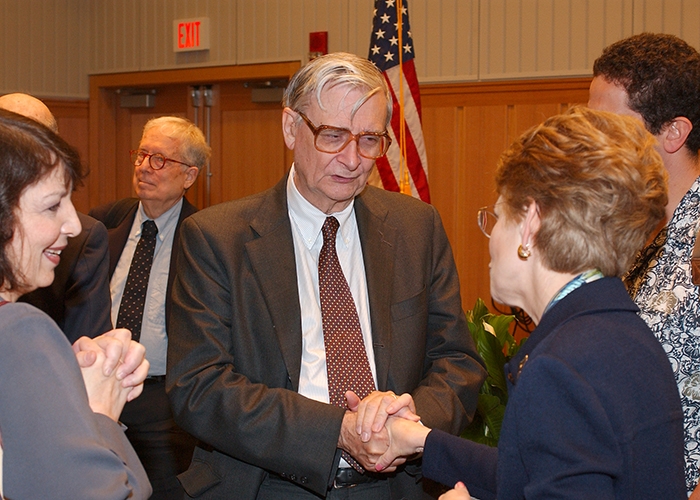
2004
Renowned biologist E.O. Wilson delivers the keynote at the LSI's grand opening convocation. The talk is titled "Exploring the Complexities of Life."
The LSI also launches two research centers to support high-throughput screening and structural biology research — the Center for Chemical Genomics and Center for Structural Biology.
And the institute's Perrigo Undergraduate Summer Fellowship is established.
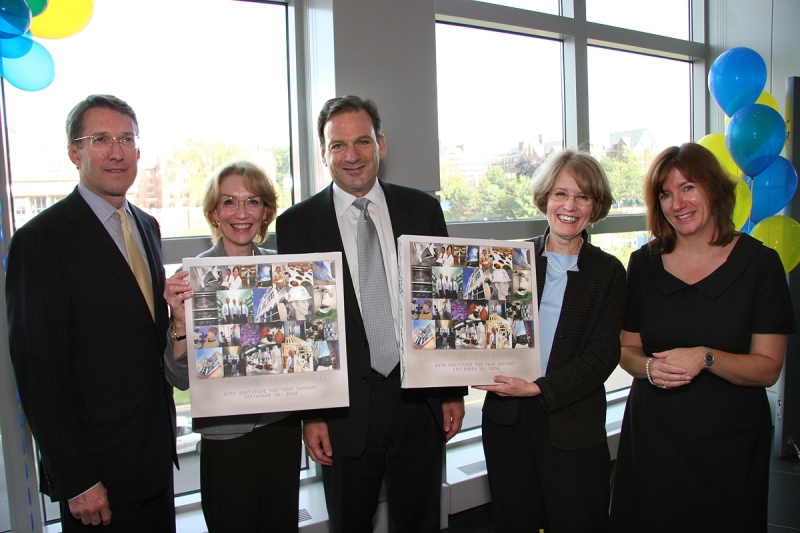
2008
The institute reaches full capacity as the number of faculty labs grows to 26.
The LSI directorship is named for President Mary Sue Coleman.
And the LSI Leadership Council is instrumental in launching a new program called the Innovation Partnership — which supports LSI faculty with funding and mentorship for translational applications of promising projects that have clear potential to benefit human health.
2009
The LSI's cryro-electron microscopy laboratory is completed — and it remains one of the top such labs in the nation.
2012
The Center for the Discovery of New Medicines (later renamed Michigan Drug Discovery) launches to help fund and guide researchers from across the university through the many stages of the drug discovery process — from validation of a drug target to optimizing drug safety and effectiveness for human clinical trials.
The center is administratively housed at the LSI and funded as a partnership that includes the Office of the Provost, College of Pharmacy, Life Sciences Institute, Rogel Cancer Center, and, at the Medical School: the Department of Internal Medicine, the Department of Pathology and an endowment for the basic sciences.
2013
The university's chemical biology graduate program moves to the LSI, where it is led by faculty member Anna Mapp.
2015
The LSI bids adieu to Director Alan Saltiel, who led the institute for more than a decade through its exciting "start-up" years.
2016
Obesity researcher Roger D. Cone is named director of the LSI.
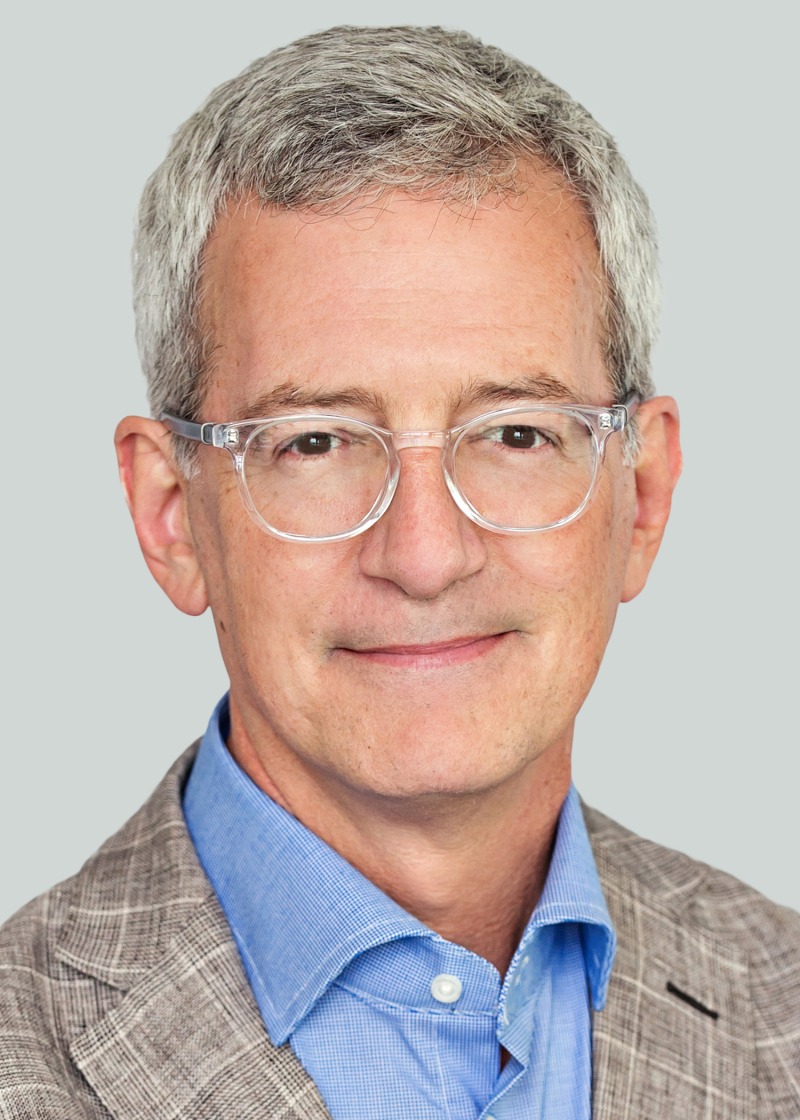
2017
Director Roger Cone launches several new educational initiatives, including the Michigan Life Sciences Fellows and Aspirnaut Summer Research Internship Program.
Cone is also named vice provost and director of the U-M biosciences initiative, whose goal is "catalyzing the development of research and educational programs that tap into U-M's great breadth," including the strategic investment of $150 million in programs and technologies.
Faculty member Janet Smith is named the LSI's first associate director. In the new role, Smith directs faculty mentoring and career development activities for the institute, and leads strategic planning in the field of structural biology.
2018
With support from the U-M Biosciences Initiative, the LSI launches a new research core — the Natural Products Discovery Core — as well as expands and updates the cryo-electon miscroscopy program, and partners on a new drug repurposing library.
In April, the LSI holds its first multi-day cryo-EM workshop, drawing academic and industry researchers from across the country.
2019
The LSI hosts its inaugural lecture for the SciComm Speaker Series, an annual series of public talks highlighting the importance of disseminating scientific findings beyond the walls of the academy and effectively communicating the impact of publicly-funded research.
2020
Peter Toogood becomes the new director of Michigan Drug Discovery, the university-spanning collaboration to support and accelerate drug discovery projects, which is housed at the LSI.
The University of Michigan launches a new partnership with Sun Pharma Advanced Research Company (SPARC). Working with Michigan Drug Discovery, SPARC commits to providing up to a total of $10 million in financial support and in-kind resources to to accelerate drug development research projects at U-M for a wide range of disease.
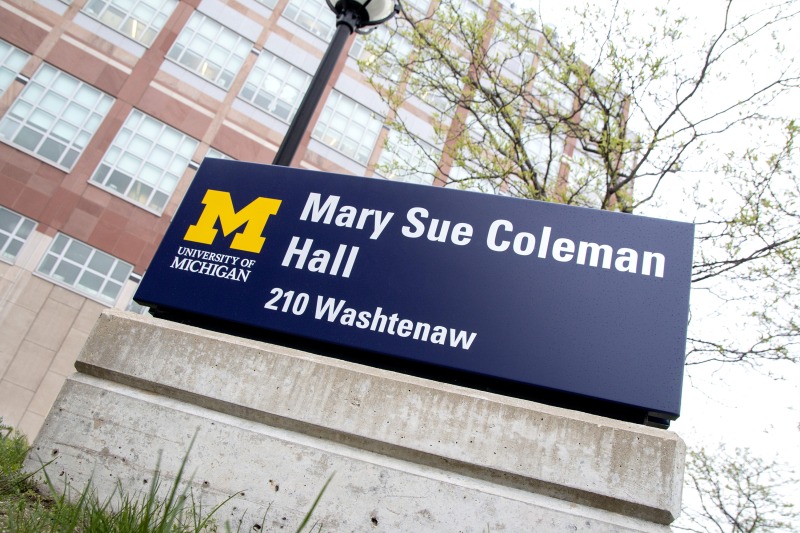
2021
The building that houses the LSI is renamed Mary Sue Coleman Hall, in honor of U-M President Emerita Coleman. The new name recognizes Coleman's enduring commitment to the sciences and her role in spearheading the creation of the LSI, as well as her highly successful tenure as president of U-M.
2022
The LSI is expands its reach beyond the walls of Mary Sue Coleman Hall with the addition of two new faculty members — Assistant Professor Chelsey Spriggs, Ph.D., and Assistant Professor Jay Brito Querido, Ph.D. — who join U-M as full members of the LSI faculty while maintaining their labs within their academic departments.
2023
The LSI recruits its first joint faculty member with the College of Engineering, Connie Wu.
The Michigan Life Sciences Fellows program and Michigan Pioneer Postdoctaral Programs merge in as the new Michigan Pioneer Fellows program. Administered by the LSI, this super-postdoc program recruits postdoctoral researchers of extraordinary promise and provides them with financial and mentoring support to prepare for independent, research-intensive careers.


